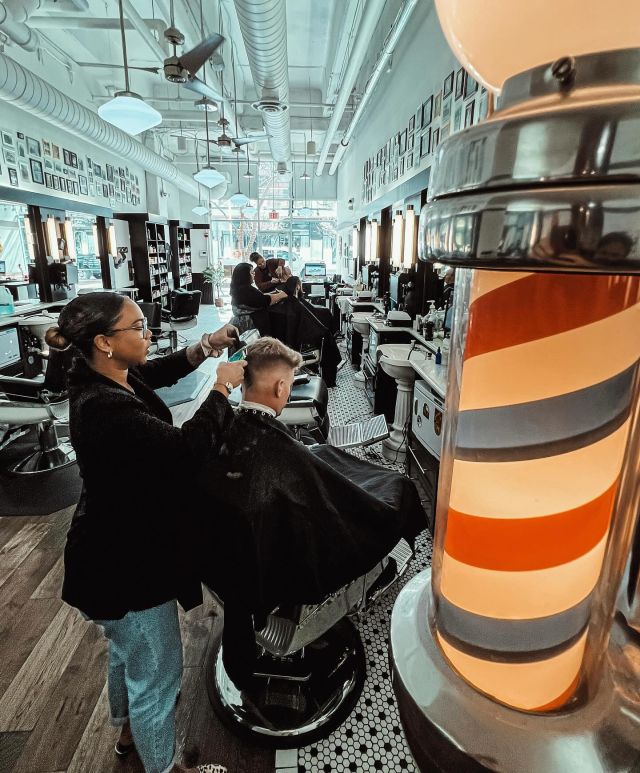Securing Patron Wellbeing By means of Effective Wellness and Security Regulations within the Barbering Field
Securing Patron Wellbeing By means of Effective Wellness and Security Regulations within the Barbering Field
Blog Article
The hair grooming sector holds a crucial position in personal care and self-maintenance. However, it is essential to emphasize the wellness and security of both customers and stylists in this setting. Robust sanitation and protection standards are paramount for maintaining cleanliness protocols, avoiding incidents, and ensuring a favorable experience for all parties engaged. By adhering to these guidelines, professionals can establish a safe environment that encourages trust and comfort among clients.
A single critical aspect of health and hygiene in barbering is sanitation. Stylists must comply with rigorous cleaning practices, including regular disinfecting of tools and stations. This includes disinfecting scissors, clippers, and combs after every use to remove the possibility of transmitting bacteria or infections. Additionally, barbers should use sanitized gowns and towels for each individual to maintain a hygienic setting. Implementing these practices not only protects clients but also boosts the credibility of the barbering establishment.
An additional critical requirement addresses the safe handling of chemicals used in hair treatments. Products such as coloring agents, chemical straighteners, and other formulations can present hazards if not handled properly. Barbers must follow safety guidelines for the storage and application of these products to their website avoid dermal reactions or allergic reactions among clients. Using protective gear and ensuring sufficient airflow during procedures are essential steps that barbers should take to ensure client well-being while delivering high-standard care.
Injury avoidance is also a key element of wellness and security regulations in barbering. Barbershops should be designed with precaution in mind, minimizing hazards such as wet surfaces or cluttered workspaces. Staff should be trained in emergency Look At This procedures, including how to manage lacerations or thermal injuries that may happen during service. Supplying medical supplies and confirming that all team personnel know their placements is an effective way to anticipate unforeseen events. By emphasizing preventative actions, practitioners can create an environment where patrons feel safe and well-attended.
Lastly, clear interaction is essential to supporting customer safety in the grooming profession. Barbers should consult patrons about their needs and any potential risks associated with the services provided. This involves reviewing sensitivities to chemicals or prior negative experiences experienced by individuals. By encouraging honest communication, professionals can develop trust with their clients while ensuring that they receive personalized care tailored to their unique requirements. In the end, upholding wellness and protection standards will result in enhanced customer satisfaction and a thriving barbering business.